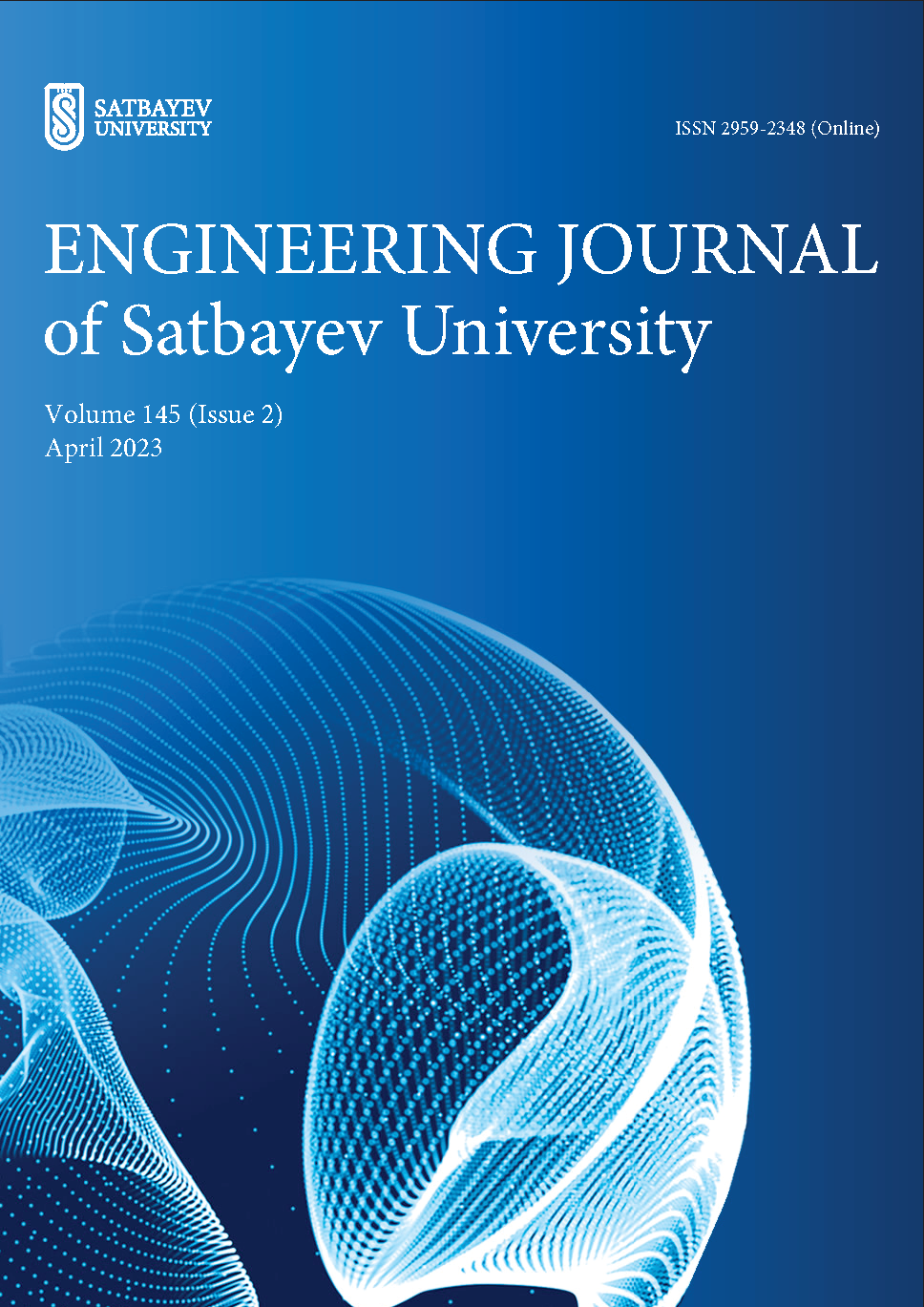Selection and justification of charge preparation based on manganese waste from ore dressing
DOI:
https://doi.org/10.51301/ejsu.2023.i2.02Keywords:
iron oxide, manganese oxide, hot reducing gases, carbon, solid-phase reactions, dissociation of oxides, temperature, charge, small wasteAbstract
Large amounts of waste from the enrichment of manganese ores, dispersed iron- and carbon-containing slurries accumulate at large processing plants, metallurgical plants, plants. Millions of tons of manganese waste have been accumulated at the Dzhezdinsky GOK. Processing of small and dispersed metal-containing industrial waste cannot be carried out by traditional technology. The development and implementation of a new technology for processing these wastes into valuable metal alloys is a very urgent problem. In this paper, based on a comparative analysis of the theoretical approaches to the production of steel and ferroalloys of traditional technology and new ideas, the selection and justification of the preparation of the charge is carried out. It is shown that the theoretical foundations of the adsorption-autocatalytic mechanism can be revised from the point of view of the organization of metal production from the point of view of solid-phase reactions.
The theoretical foundations of the «Dissociation-adsorption mechanism» are given, where the phenomenological phenomenon is focused on the fact that the dissociation of chemical compounds, including metal oxides, is inherent in them as well as their formation from individual elements regardless of external conditions. The influence of external factors, for example, energy (temperature rise), causes thermal dissociation, which does not so much prove whether dissociation exists or not at all, as it shows a specific degree of dissociation of the compound for the purposeful restoration of the element or the formation of a new compound. It is shown that the dissociation of metal oxides intensifies proportionally to a decrease in particle size and an increase in temperature. It is established that dispersed oxide materials can be metallized with solid carbon due to the reduction of iron within the temperature range of 950-1100°C.
Downloads
Published
How to Cite
Issue
Section
License
Copyright (c) 2023 Engineering Journal of Satbayev University

This work is licensed under a Creative Commons Attribution-NonCommercial-NoDerivatives 4.0 International License.
<div class="pkpfooter-son">
<a rel="license" href="http://creativecommons.org/licenses/by-nc/4.0/"><img alt="Creative Commons License" style="border-width:0" src="https://i.creativecommons.org/l/by-nc/4.0/80x15.png"></a><br>This work is licensed under a <a rel="license" href="http://creativecommons.org/licenses/by-nc/4.0/">Creative Commons Attribution-NonCommercial 4.0 International License</a>.
</div>





